Safe Recipe Style Guide for Video Content Creators
Take your recipe videos to the next level!
Multiple studies show that when people follow recipes that include basic food safety instructions, they significantly increase food safety behaviors1.
For example, handwashing is one of the most effective ways to prevent the spread of germs. Studies2,3 have shown that handwashing can prevent 1 in 3 diarrhea-related illnesses and 1 in 5 respiratory infections.
Recipe videos that include food safety prompts will help prevent food poisoning! Food poisoning disproportionately affects young children and people who are at higher risk of foodborne illness. That might be a young child, an elderly person, a pregnant family member or a loved one with a chronic underlying health condition, like diabetes.
The Safe Recipe Style Guide takes you through the steps needed to add food safety prompts to written recipes. Use this handy guide to add those food safety steps into recipe videos.
Safe Recipe Style Guide
These are the safety prompts from the Safe Recipe style guide that should be included in both written recipes and videos.
Written Food Safety Prompt
Temperature:
Video Example
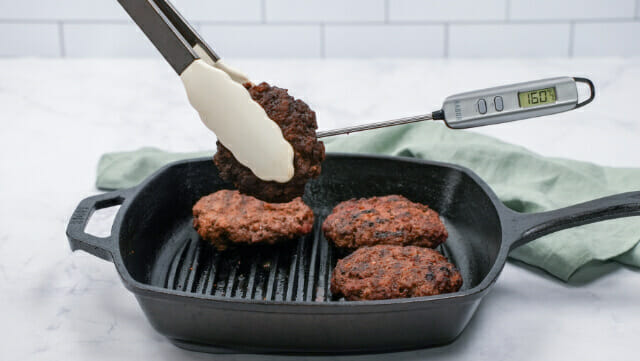

Hand Washing:
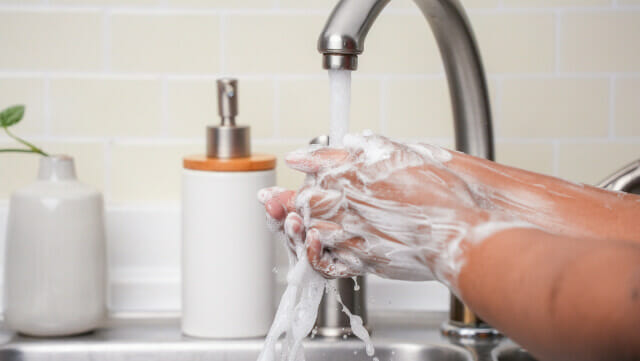
Cross Contamination:
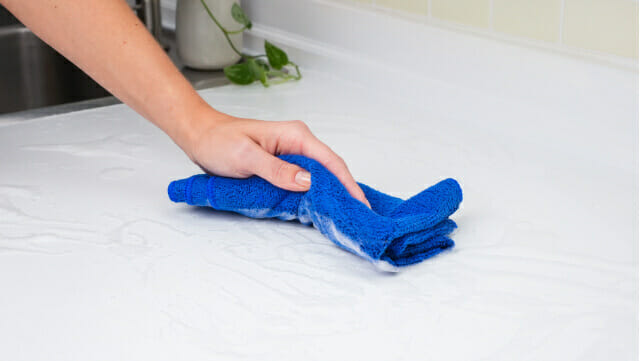
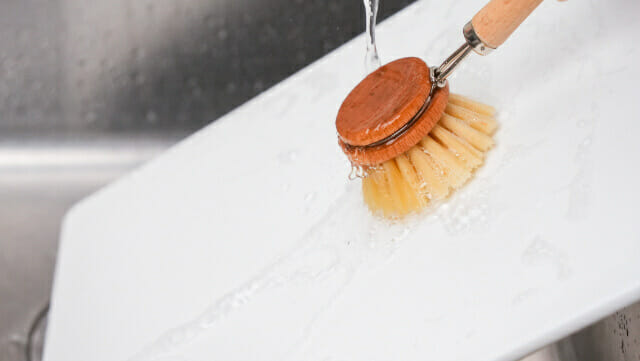
Do not reuse marinades used on raw foods.

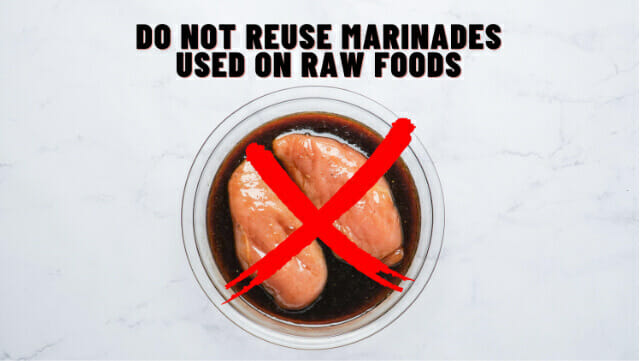
Do not rinse raw poultry or meat.
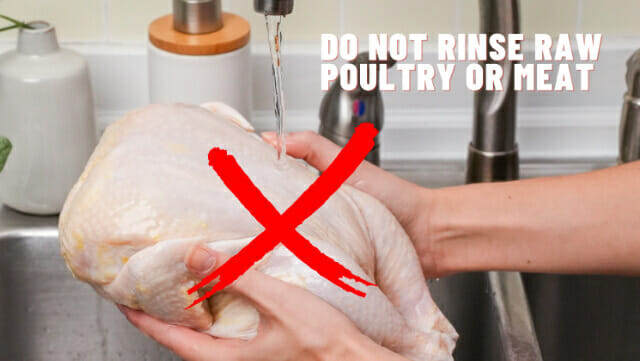
Produce:
Gently rub produce under cold running water.
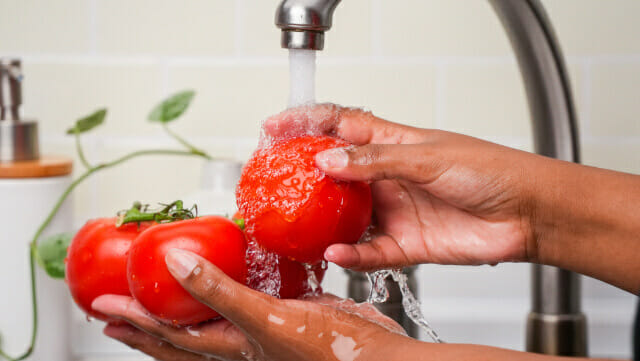
Scrub firm produce with a clean vegetable brush under running water.
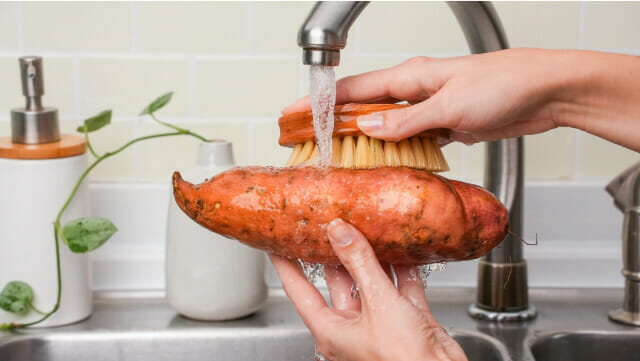
Baking:
Do not eat raw dough or batter.
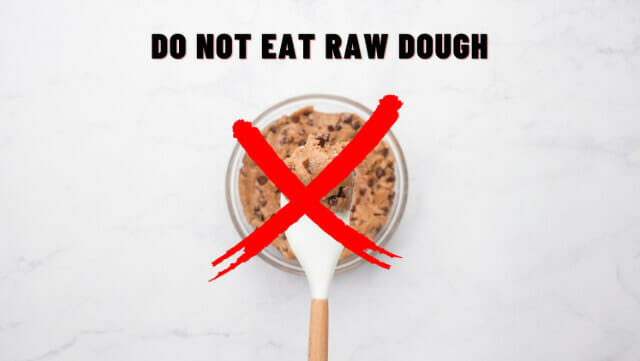
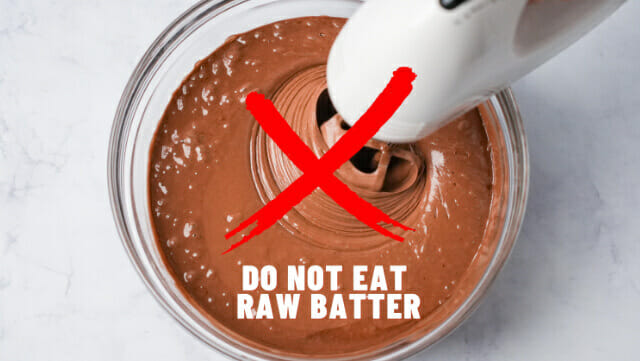
Steps to creating your own Safe Recipes on video
These safety prompts from the Safe Recipe Style Guide should be included in both written and video recipes.
Here we provide guidance on using a combination of hands-and-pans video clips AND on-screen text to create a video that meets the standard of the Safe Recipe Style Guide (saferecipeguide.org).
Before you begin:
- Review your written recipe and add the food safety instructions above.
- When creating a video script or outline, be sure to include a list of the necessary food safety steps and when you’ll shoot them.
On the day of recording:
- Before you begin cooking, check the Food Safety Image Library for free stock photos or video clips you can edit into your video.
- If you prefer to use your own video or stock images, record:
- Handwashing. This will need to be added at the beginning of the recipe and again after handling raw meat, poultry, seafood or eggs
- Produce rinsing (include using the vegetable brush, when appropriate)
- Washing the cutting board and knives
- While you’re preparing the recipe, record:
- Using the food thermometer
- Disposal of marinades used for raw meats, poultry or seafood
During editing:
- Edit your food safety shots into the appropriate points of your video, using your recipe and script as a guide.
- Add text for clarification:
- Cook until internal temperature reads ___°F (link to temperature chart)
- Wash hands with soap and water after handing raw meat, poultry, seafood or eggs
- Do not rinse raw poultry or meat
When you post:
- Be sure to include the updated written recipe with food safety prompts.
- When posting on social, tag us on Instagram @safe.recipes!
ProTip: You will be more efficient when you use stock footage of handwashing with soap and water; rinsing produce; and washing knives/cutting boards that can be used in all of your cooking videos. Click here for an example of what a video with food safety steps looks like.
Thank you to everyone who helped in the development of the Food Safety Style Guide for Video Creators and the Food Safety Image Library!
Alex Connett, Foodist Films
Shauna C. Henley, PhD, University of Maryland & PFSE Board of Directors
Lynn James, MS, RDN, LDN, Pennsylvania State University Extension
Annette Lawler, MS, CFCS, CNWE, Purdue University Extension
Sharon McDonald, MEd, RD, LDN, University of Pennsylvania Extension
Jennifer J. Quinlan, PhD, Drexel University & PFSE Board of Directors
Raeanne Sarazen, Food & Nutrition Communicator, MA, RD
Kathy Savoie, MS, RD., University of Maine Cooperative Extension
Wenqing Xu, PhD, Louisiana State University AgExtension
References:
- Journal of Food Protection 2016 Aug, 79(8):1436-9, Recipe Modification Improves Food Safety Practices during Cooking of Poultry. Maughan C, Godwin S, Chambers D, Chambers E IV.
- Ejemot RI, Ehiri JE, Meremikwu MM, Critchley JA. Hand washing for preventing diarrhoea. Cochrane Database Syst Rev. 2008;1:CD004265.
- Rabie T and Curtis V. Handwashing and risk of respiratory infections: a quantitative systematic review.Trop Med Int Health. 2006 Mar;11(3):258-67.